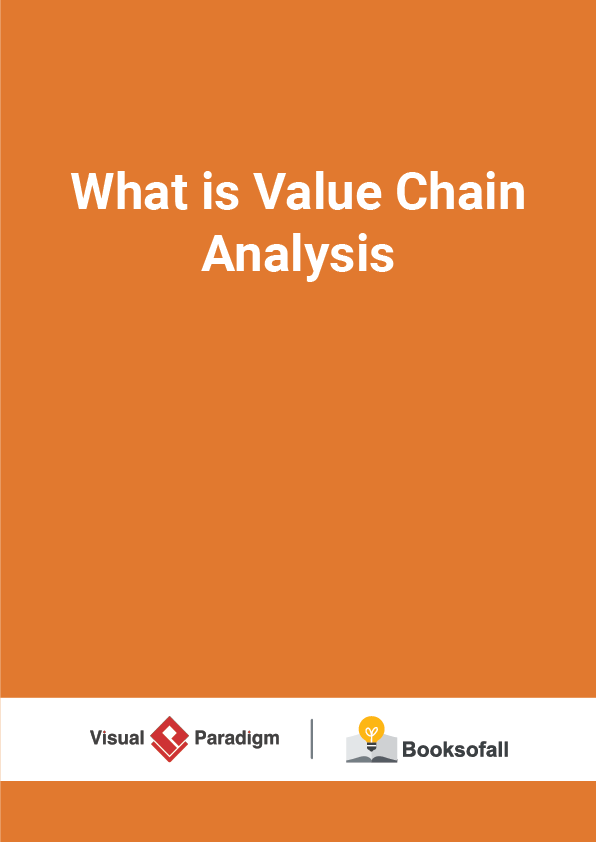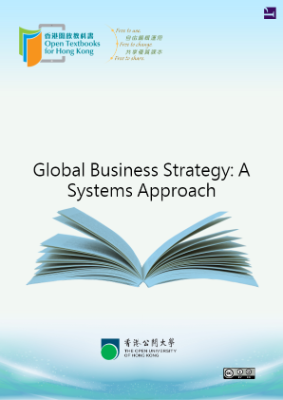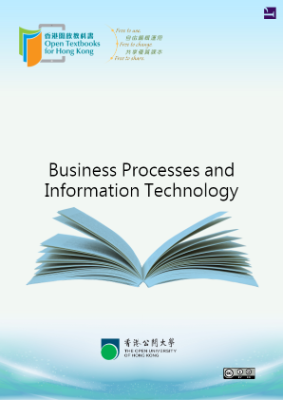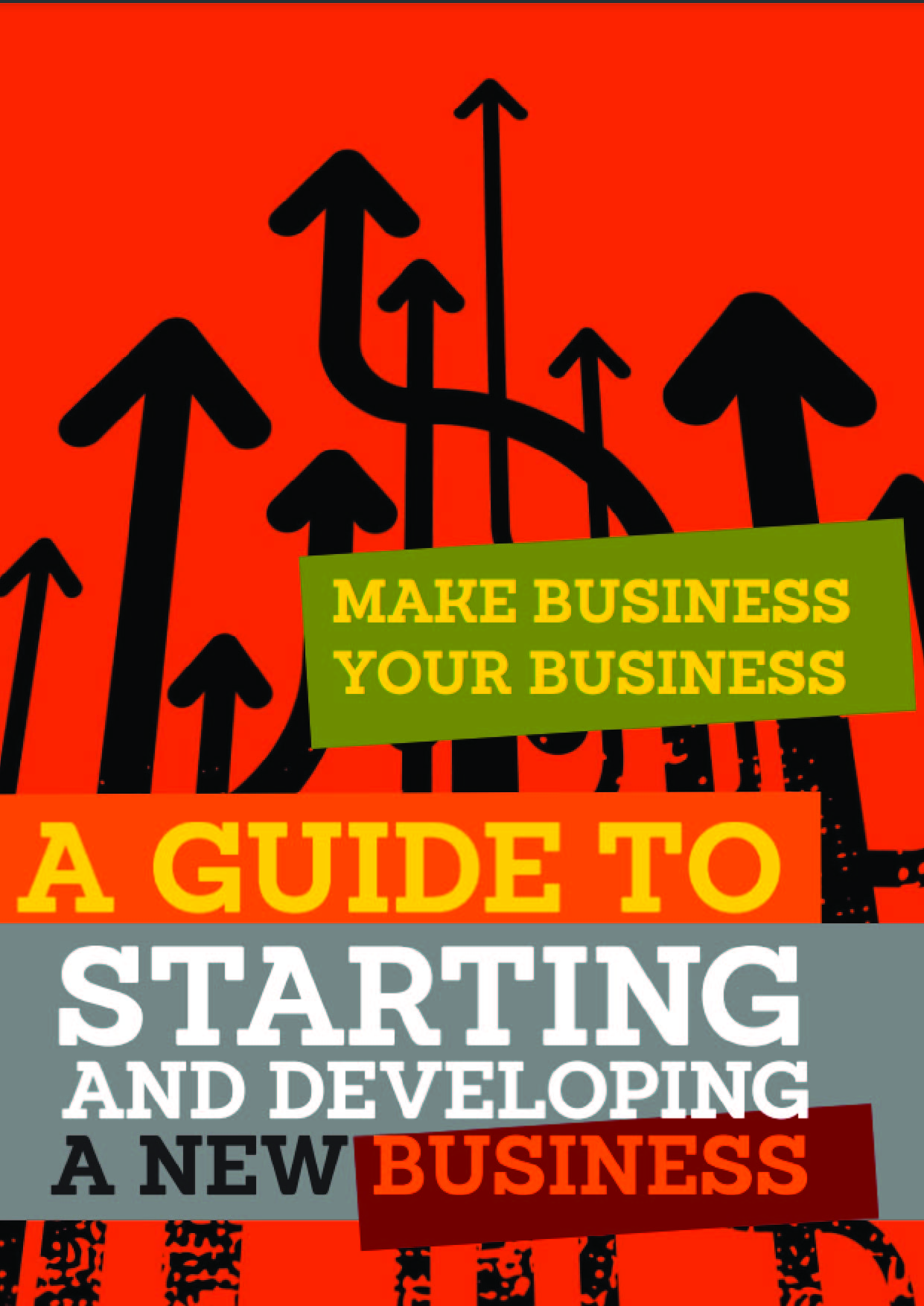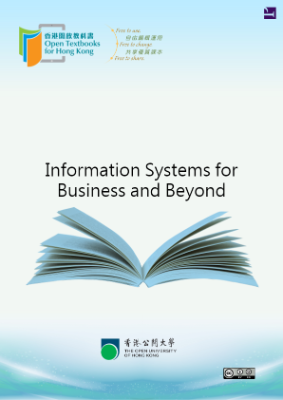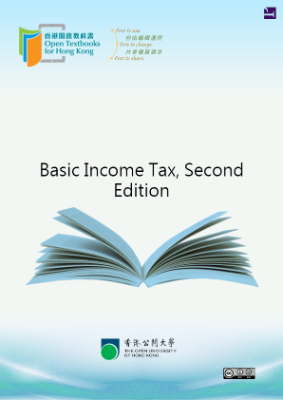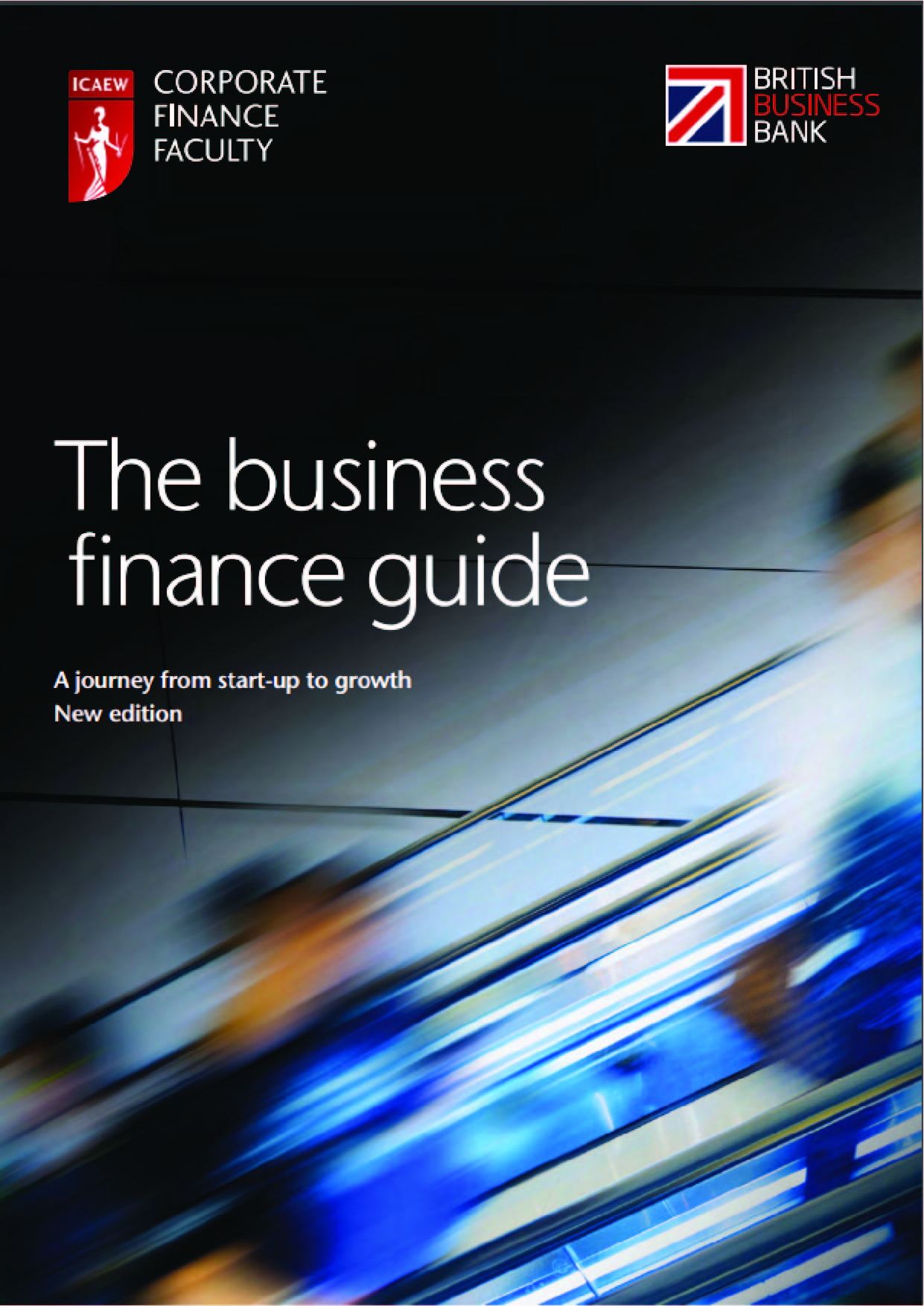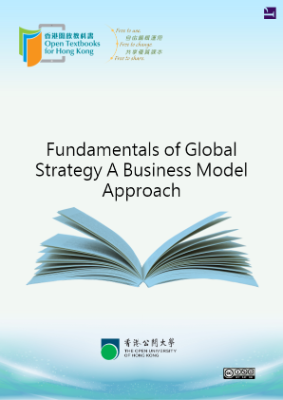What is Value Chain Analysis?
8-10 minutes
Value chain analysis is a way to visually analyze a company’s business activities to see how the company can create a competitive advantage for itself. Value chain analysis helps a company understands how it adds value to something and subsequently how it can sell its product or service for more than the cost of adding the value, thereby generating a profit margin. In other words, if they are run efficiently the value obtained should exceed the costs of running them i.e. customers should return to the organisation and transact freely and willingly.
Originated in the 1980s by Michael Porter , value chain analysis is the conceptual notion of value-added in the form of a value chain. He suggested that an organisation is split into ‘primary activities’ and ‘support activities’. The figure below divides activities into primary and support activities as suggested by Porter’s Value Chain Analysis model:
What is Competitive Advantage
Value Chain Analysis is mentioned extensively in the first half of the book” Competitive Advantage ” in 1985 by Michael Porter. Porter suggested that activities within an organisation add value to the service and products that the organisation produces, and all these activities should be run at optimum level if the organisation is to gain any real competitive advantage. Competitive Advantage is the ability for a firm to put “generic strategy” into practice, generic strategy includes:
- Cost Leadership: offer the lowest price to customers
- Differentiation: selecting the important attributes that buyers want so the company can get a premium price
- Focus: doing each strategy according to each market segment
What activities a business undertake is directly linked to achieving competitive advantage.
For example:
- A business which wishes to outperform its competitors through differentiating itself through higher quality will have to perform its value chain activities better than the oppositions.
- By contrast, a strategy based on seeking cost leadership will require a reduction in the costs associated with the value chain activities, or a reduction in the total amount of resources used.
Value and Value Chain
Value is the total amount (i.e. total revenue) that buyers are willing to pay for a firm’s product. The difference between the total value and the total cost performing all of the firm’s activities provides the margin .
Margin implies that organizations realize a profit margin that depends on their ability to manage the linkages between all activities in the value chain. In other words, the organization is able to deliver a product / service for which the customer is willing to pay more than the sum of the costs of all activities in the value chain.
A value chain concentrates on the activities starting with raw materials till the conversion into final goods or services. The sources of the competitive advantage of a firm can be seen from its discrete activities and how they interact with one another. The ultimate goals in performing value chain analysis are to maximize value creation while also monitoring and minimizing costs.
